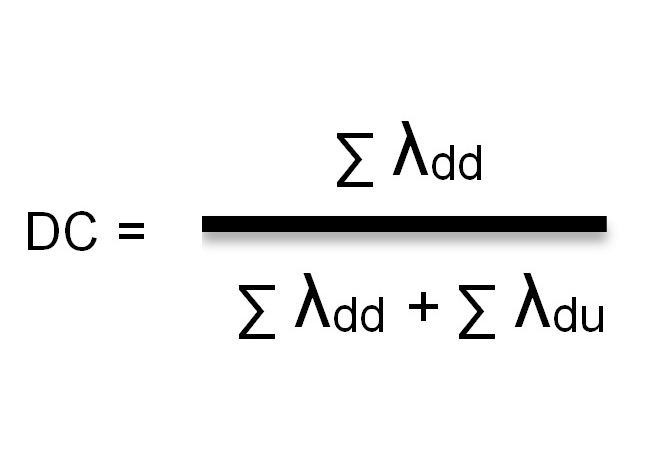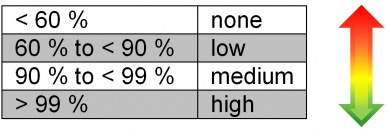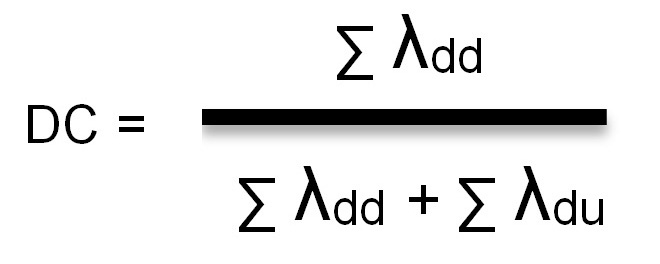
An important parameter in the use of pressure sensors in safety devices is the so-called “Diagnostic Coverage” (DC). However, since single-channel, in particular, but also two-channel safety circuits often malfunction or may be defective, a known diagnostic coverage helps interpret such structures properly.
Here, a statistical significance for the diagnostic coverage can only be determined by testing a larger number of instruments in standardised procedures. With the fault detection, two failure types are primarily distinguished:
- Detected dangerous failure: Failures which could lead to a loss of the safety function -> only faults which are detected.
- Dangerous failure: All failures that could potentially lead to a loss of the safety function -> detected and undetected failures.
Dangerous failure
A dangerous failure is a failure that, first and foremost, represents a risk to humans, but may also cause damage to the machinery or to the products.
Calculation of the diagnostic coverage – classification dignostic coverage

Classification dignostic coverage
The diagnostic coverage must be determined for the entire safety circuit (sensor + controller + actuator) and also defines the maximum achievable level of SIL or PL. Therefore, in the selection of pressure sensors, it is recommended to favour those with higher levels of diagnostic coverage over those with lower levels of diagnostic coverage. WIKA offers comprehensive solutions for the use of pressure sensors in a wide range of applications.
Note
Contact us and we are happy to provide you with advice.


